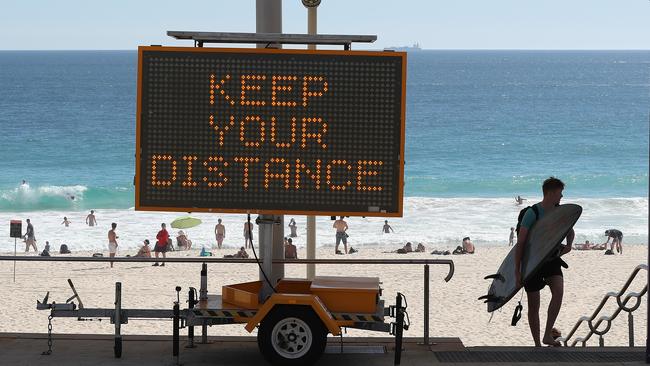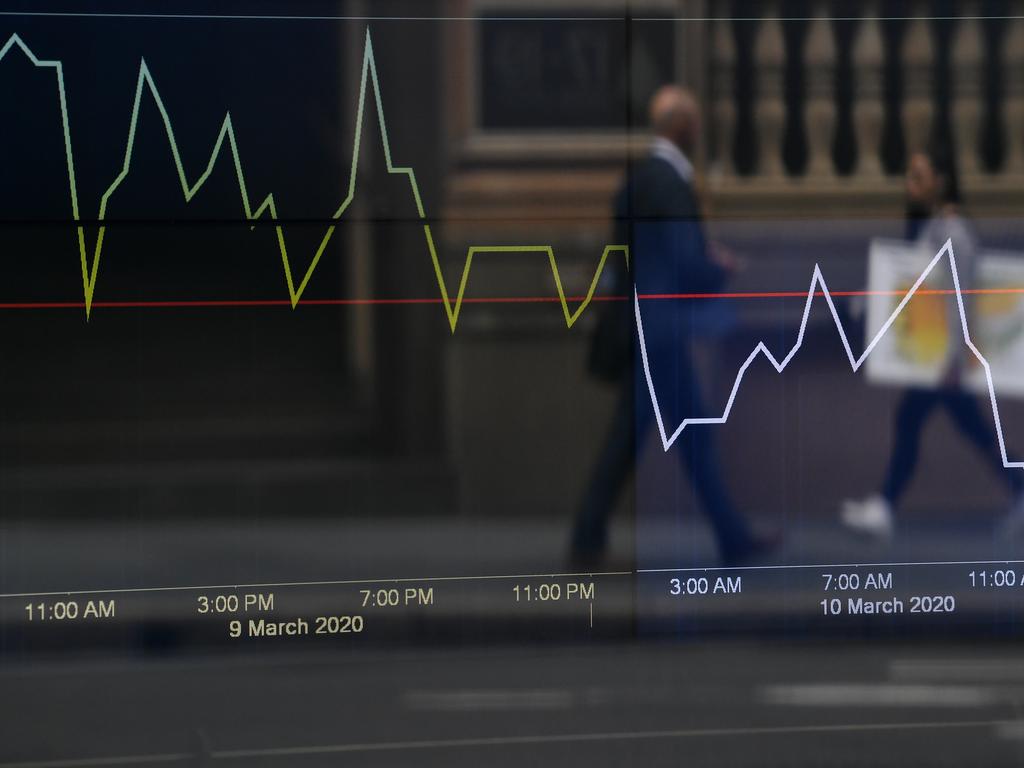An investor’s guide to surviving stage two of our recession

Stage two is where the sharp personal impacts are felt.
Though we’re seeing signs of a bounceback in equity markets, we must be wary of the stage two effects where the economy grinds to a halt about two-thirds of the way up the V of our alleged V-shape recovery — and goes sideways.
Whether we are in a V-shaped, U-shaped, or W-shaped recession, my view is the pandemic recovery may take longer than many expect — a one to two-year event rather than a four to five-month passage up and out.
Consequently it’s helpful to understand what stage two of the COVID-19 recession may look like in terms of timelines:
● Rolling job cuts: In late May, we saw ASX-listed companies such as Fletcher Building, GPT, and Air New Zealand announce job cuts due to reduced demand. This is also a pattern likely to be repeated among other listed companies and many private companies. Unfortunately, we are likely to see this rollout over the next six months as reduced demand has an adverse and continued effect on demand, which, in turn, will result in further job losses.
● Store and business closures: In late May, we also saw Wesfarmers announce the closure of their Target department stores. Target had already shown underperformance before the crisis and the decision to close became necessary because of the crisis. There are other businesses in a similar position to Target that will be pushed to closure.
● Rise of the zombies: The media calls them “zombie companies” and it refers to the ones being kept afloat by the federal government’s JobKeeper program. Unfortunately, this program has an end point and when it terminates in tandem with the broader environment of reduced demand, the banks will cease supporting these businesses. Many of these businesses have probably already been identified by the banks as vulnerable. Indeed the JobKeeper program may be the only factor stopping business failure.
● Pressure on lending: As banks concentrate on risk and asset quality, credit availability tightens so lending comes under pressure. That means the ability to borrow or refinance gets harder. This is an issue for weaker companies, restricts corporate growth and may trigger closure.
Where are we positioned now? The Purchasing Managers Index (PMI) is a closely watched economic indicator tracking buying behaviour in a range of territories.
The US and European PMI readings announced in May are key. They show a partial rebound from the April readings (although it is important to note these are off a very low base). The readings are still well below 50 — the level must be above 50 to indicate expansion. May 2020 appears to be weaker than April 2020. As we see economies starting to open again, I believe we can expect an improvement in June.
However, my view is that stage two will be brutal. Equity markets are running ahead of the overall macroeconomic environment plus there is a disconnect between “Main Street” and “Wall Street”.
Essentially, markets are going through a “melt up”, such as we experienced in 1999.
The melt up is focused strongly towards technology stocks, with lagging sectors dragging up with the rest of the market.
In previous melt ups a great deal of money can be made as markets run up aggressively. However when they reverse even more money is lost especially in the sectors that led the melt up.
In a recent research note, financial services leader Citi looked at the drivers behind the market melt up and its implications.
● Decoupling of PMIs: Citi suggests that global equities should be 30 per cent lower than current levels and that the recent rally has already discounted a global PMI of 52 (Note, it’s currently sitting at 42).
● Short squeeze: What Citi forecast as $US6 trillion of global QE over the next 12 months, (three times previous peaks), has triggered a huge short squeeze and boosted share prices. In other words, stockmarket traders who bet on a falling market are scrambling adding to the upward pressure on price.
● Equity risk premium: This is an important consideration as I discussed a few weeks ago. It’s about the return in excess of the risk-free rate of return an investment in shares is expected to yield — against bonds equities look undervalued.
● Big tech stocks: Large-cap technology stocks have provided the bulk of the run up in global equity markets.
● Looking through 2020 to 2021: Equity markets are looking beyond a dire 2020 towards a recovery in 2021.
However long this plays, it’s time to be conservative. Look to the here and now and consider investment implications.
Surviving stage two is also about having a healthy level of scepticism. Keep focused on the overall economic condition — accept we are in a recession, moreover we have entered the second phase, and plan accordingly. Simply looking at the virus numbers and recovery does not take into account the broader challenges COVID has put before us.
Will Hamilton is the managing partner of Hamilton Wealth Partners.
will.hamilton@hamiltonwealth.com.au






According to the Treasurer Josh Frydenberg we are now in recession. In fact I would say we are already in stage two of the multiple stages of this recession.